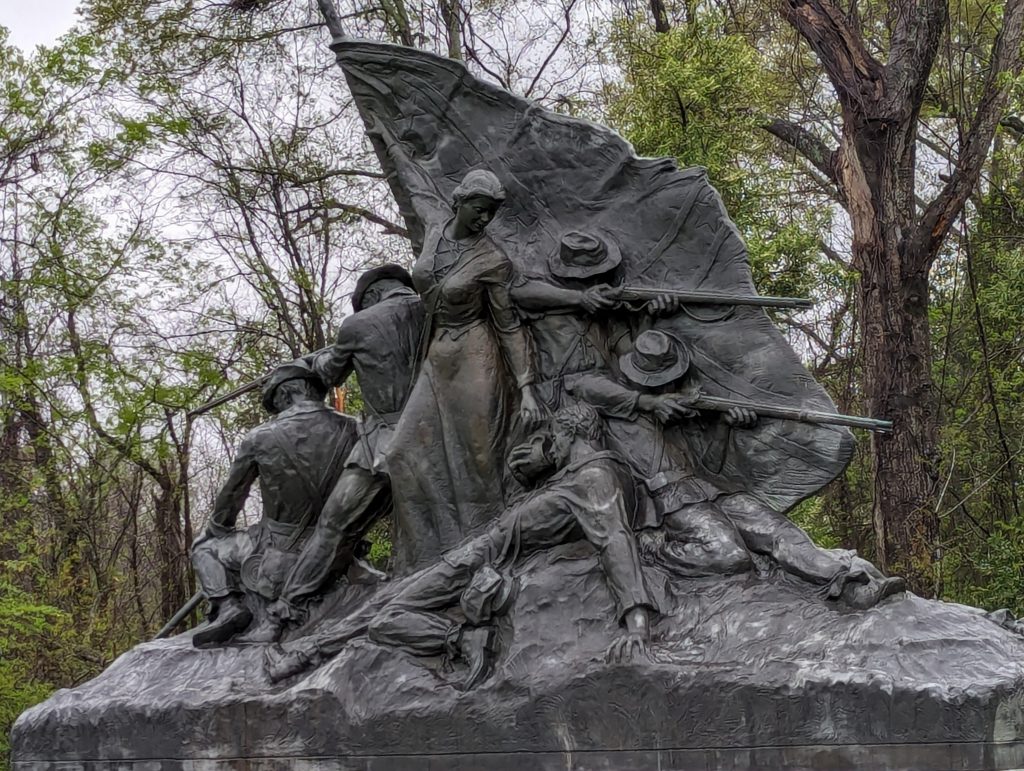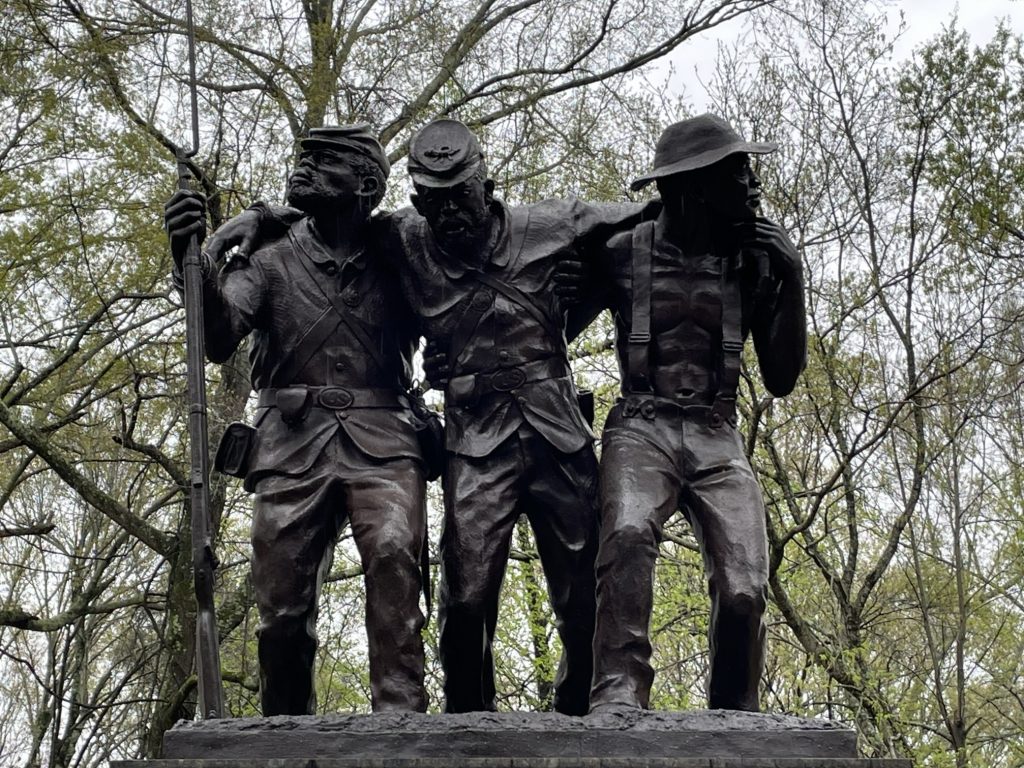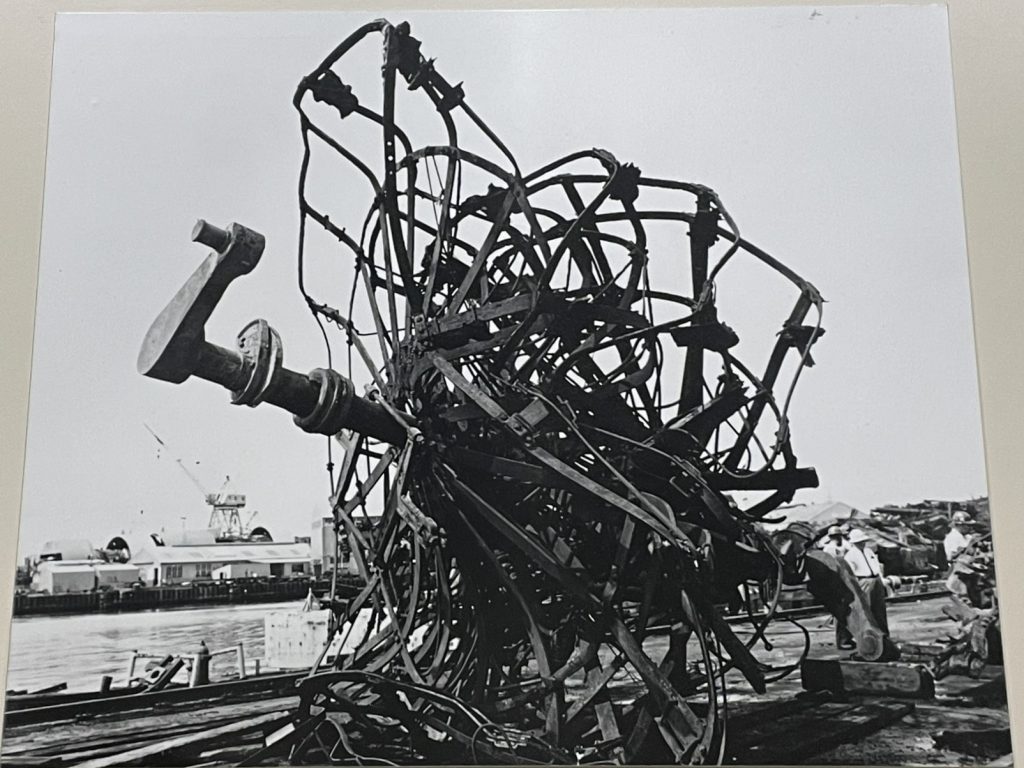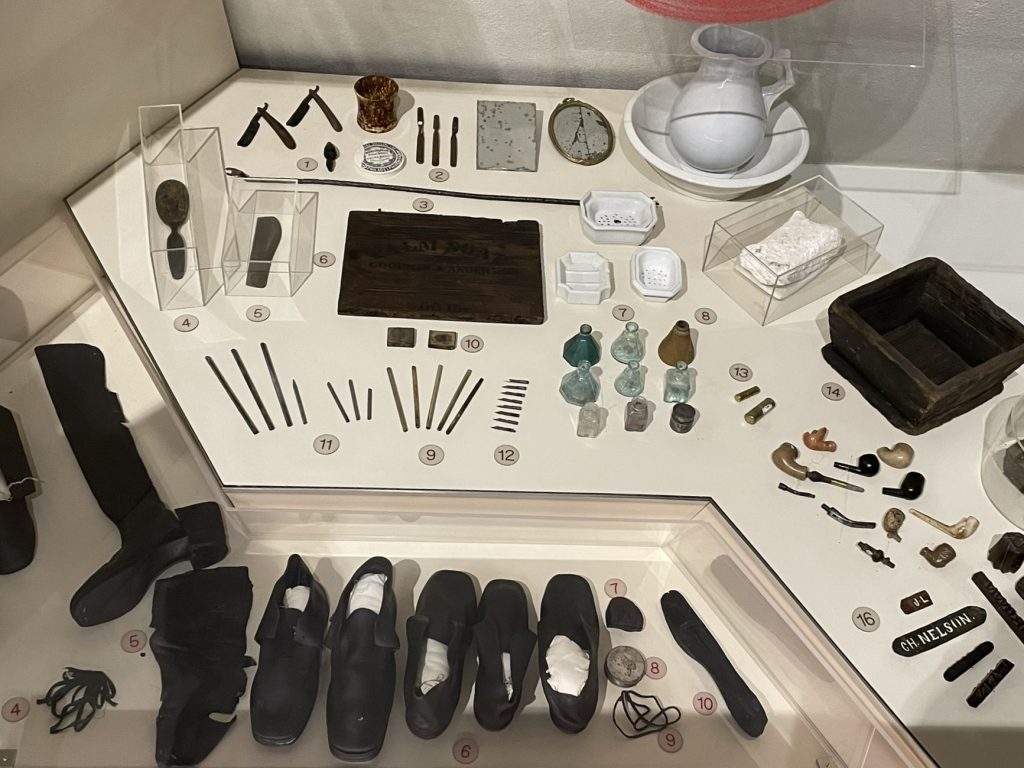Though at this point I am rather feeling that all battlefields look the same, the Battle of Vicksburg was a key battle in the American Civil War, and therefore was deemed worthy of our attention.
President Abraham Lincoln said “Vicksburg is the key! The war can never be brought to a close until that key is in our pocket.”
Likewise, Confederate President Jefferson Davis noted, “Vicksburg is the nailhead that holds the South’s two halves together.”
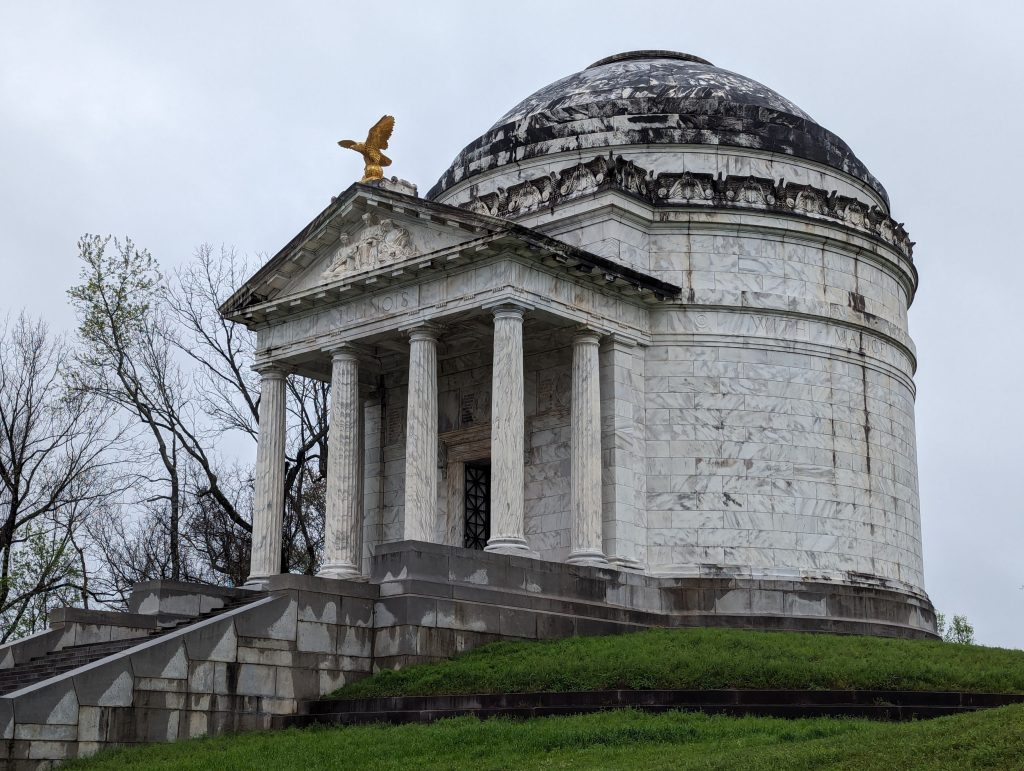
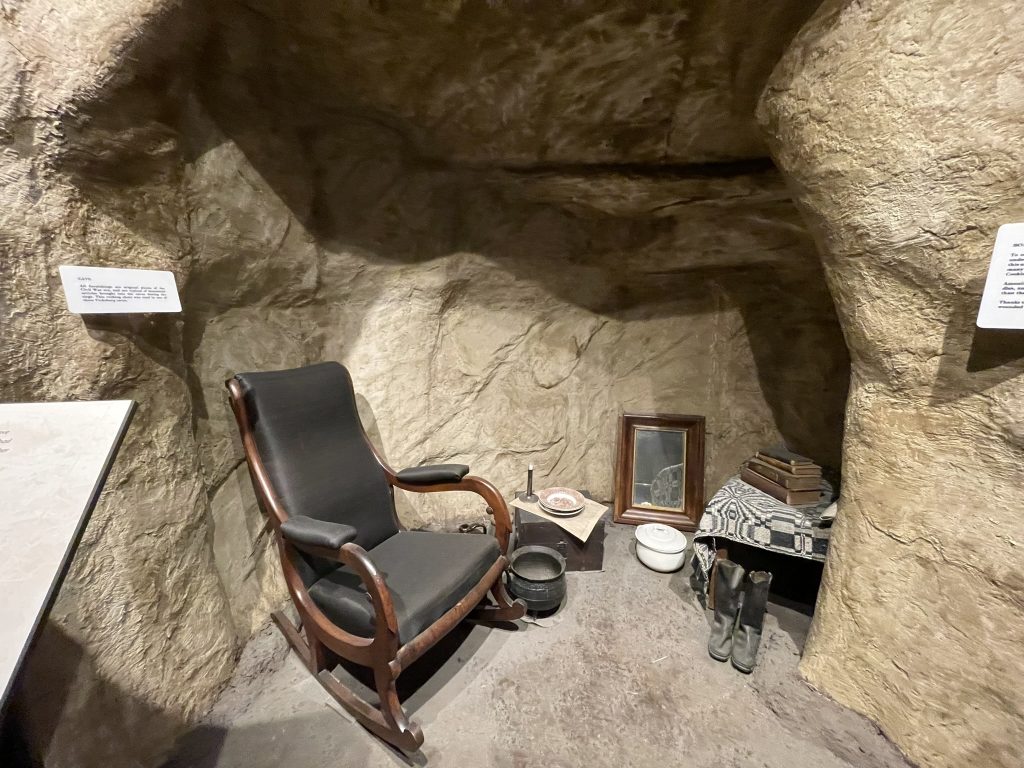
The main battle here lasted a whopping 47 days, from March 29 to July 4, 1863, with Union General Ulysses S. Grant commanding 70,000 men, but Confederate General John C. Pemberton overseeing just 29,000 soldiers.
Though Grant had many more men, the high ground of Vicksburg and the many fortifications made to the city meant that it was not so easy to take. Initial unsuccessful attacks gave way to a siege strategy of simply waiting the Confederates out. With the Confederates unable to get supplies, hunger and sickness soon swept through the troops. Grant won not so much by force (though there was plenty of that) as by waiting out the enemy.
Ultimately, Pemberton surrendered after suffering 9,000 killed and wounded (compared to 10,000 on the Federal side), giving control of the Mississippi River to the Union and effectively cutting off their supply lines for Texas, Arkansas, and large parts of Louisiana.
Federal troops remained at Vicksburg not just through the end of the Civil War, but through Reconstruction, not departing until 1877.
Vicksburg National Military Park in Mississippi is run by the National Park Service. It includes a well-done 20-minute film (which you can watch here), a small museum, a restored Northern gunboat, a national cemetery, and 16 miles of road to travel as you listen to the park’s audio tour.
It’s been called “the largest outdoor art gallery in the world” due to its more than 1,300 monuments and markers. (Surprised by this, I looked up the number for Gettysburg and it’s roughly the same. I thought for sure Gettysburg had many more.)
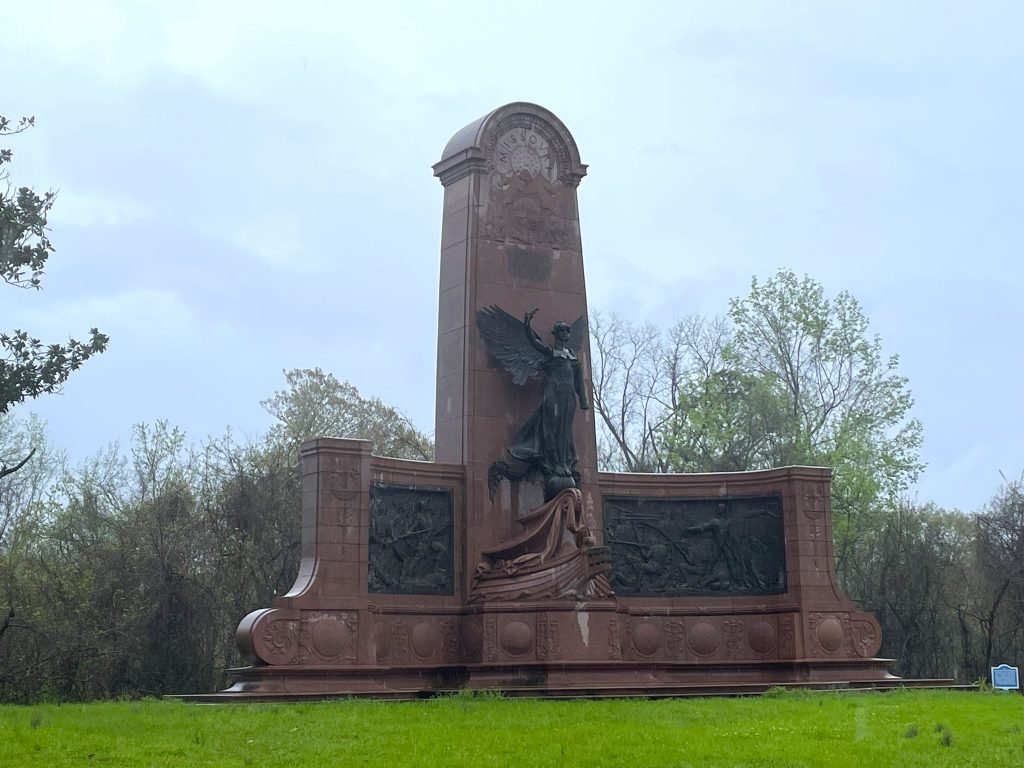
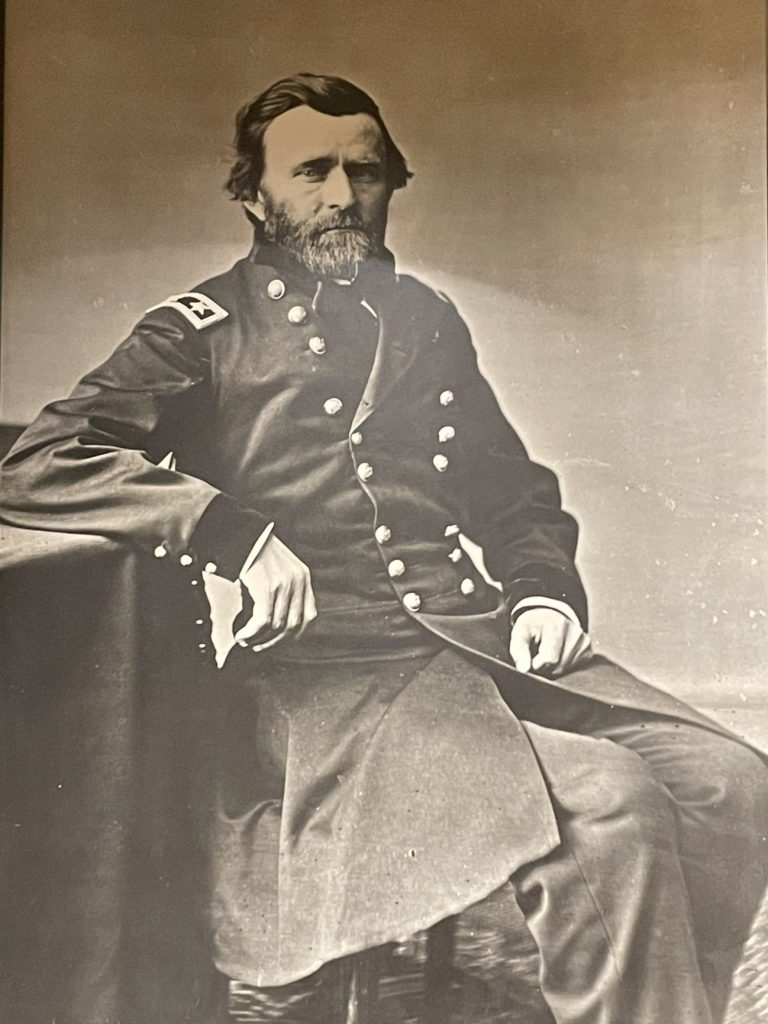
Unfortunately, we were not able to see much of the cemetery as the rain was relentless and the cemetery requires walking.
It has more than 18,000 interments, nearly 13,000 of which are unidentified.
Per the National Park Service, “At the end of the Vicksburg siege, over 15,000 battle victims were scattered in burials hastily dug to prevent disease from spreading, with minimal resources and with few attempts to mark the deceased.”
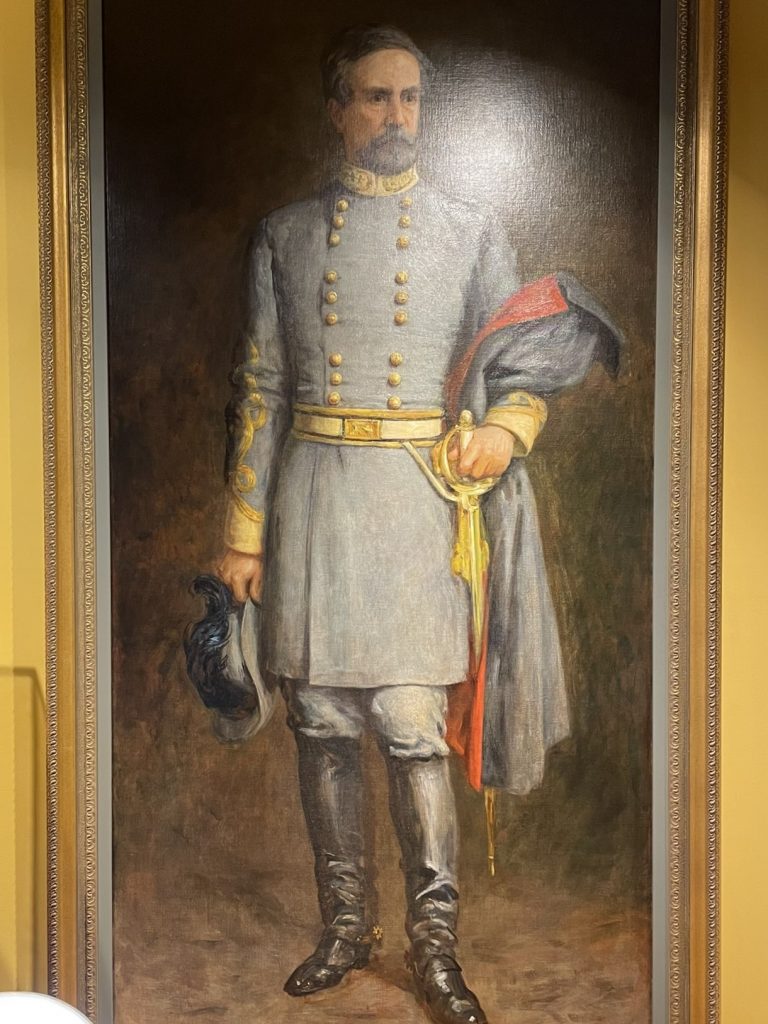
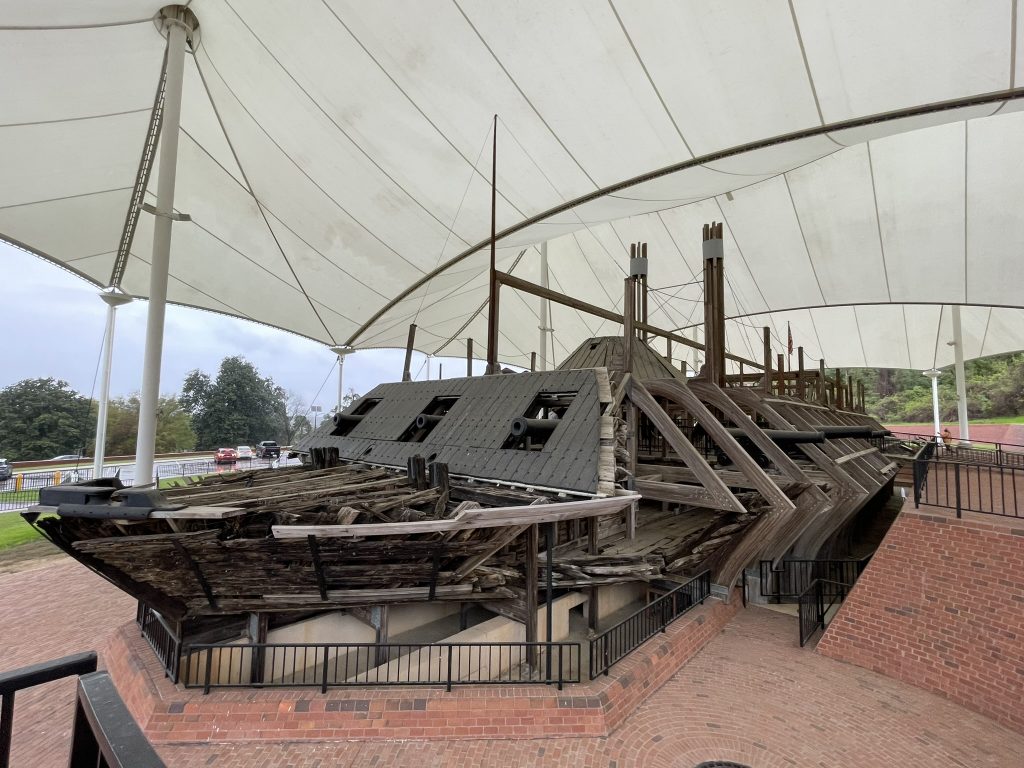
The USS Cairo was the first U.S. ship to be sunk by a torpedo/mine. It was sunk in 1862 just 11 months after being commissioned while on a mine-clearing mission on the Yazoo River seven miles north of Vicksburg. It sank in just 12 minutes, but fortunately none of the 175 lives onboard were lost.
Over the years it was covered in silt and mud as it sat in its resting place, which would make raising it extremely difficult, but, on the plus side, it sealed in the artifacts in an oxygen-free environment. In 1964 it was finally raised in three pieces, whereafter it was restored and given a museum in Vicksburg National Military Park..
We made an excursion across the river into Louisiana to see what is today known as Grant’s Canal, though it wasn’t originally his idea. The Mississippi makes a large backwards “C” at Vicksburg (it’s right in the center of the “C”), and the idea was to cut a canal through the “C” to allow Union ships to bypass the Confederate stronghold and to cutoff their supply line.
However, building a 1.5-mile-long, 60-feet-wide, and 13-feet-deep canal is easier said than done, and instead it just wasted a lot of time and effort. Thousands of men were applied to the effort but it never achieved functionality. Today a tiny portion remains. Unsurprisingly, we were the only ones to visit over the couple hours we were there (we took a rain break).
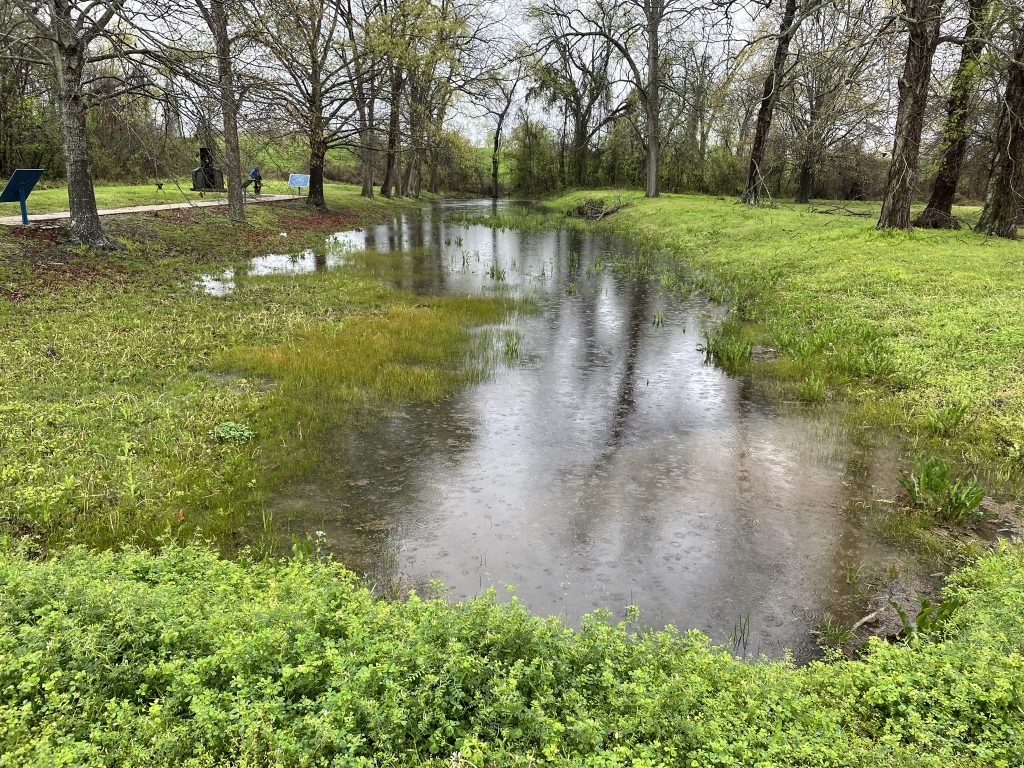
The cover photo is the Iowa State Memorial.
